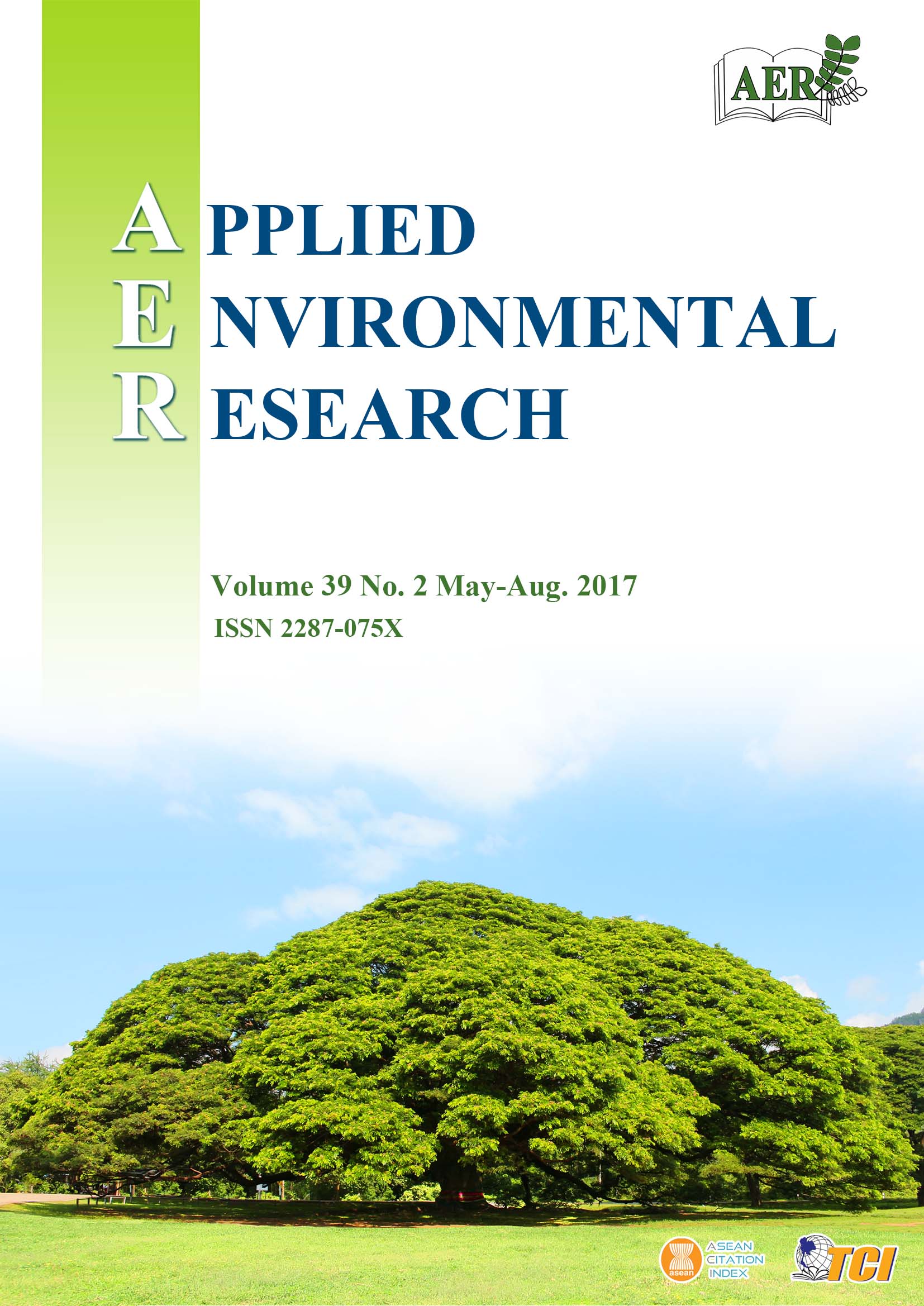Potential Biosurfactant-producing Bacteria from Pharmaceutical Wastewater using Simple Screening Methods in South-West, Nigeria ๊
Main Article Content
Abstract
Emerging multiple opportunities for industrial production and environmental applications have focused increasing research attention on biosurfactants in recent years. Hydrocarbon-polluted soils have proved a major source of biosurfactant-producing bacteria. In this study an alternative method of producing biosurfactants was established, based on pharmaceutical effluents. Pharmaceutical effluents are a rich source of complex organic compounds with potential as a substrate for microbial biosurfactant production. A successful biosurfactant screening assay is achieved when a combination of different methods are employed. Biosurfactant producing bacteria were isolated from pharmaceutical effluent and identified by biochemical methods. The best biosurfactant producer was identified by a molecular method. The biosurfactant screening techniques employed were drop collapse assay, haemolytic assay, oil spreading assay, bacteria adhesion to hydrocarbon assay and emulsification assay. Analysis of haemolytic activity indicated that 35 isolates (44.30 %) produced beta-haemolysis, 12 isolates (15.19 %) produced gamma-haemolysis, while 32 isolates (40.51 %) produced alpha-haemolysis. The highest zone of clearance was 42.0±1.73 by isolate DF7 and lowest zone of clearance was obtained from isolate GC5 of 12.0±0.73. Screening of the 35 isolates using the oil spreading test showed that 28 isolates (80.0 %) were positive, while 7 isolates (20.0 %) were negative. The highest zone of clearance for the oil in water was 19.0±0.1 by DF1 while the lowest zone was 4.3±0.33 by MB3. The drop collapse test revealed that 22 isolates (78.57 %) were positive and 6 isolates (21.43 %) were negative. At 0 h, the highest emulsification percentage was 74.4 % by Bacillus licheniformis and the lowest was 42.5 % by Arthrobacter globiformis. After 24h, the highest emulsification value (69.23 %) was obtained for Bacillus clausis, while the lowest value (30.84 %) was obtained for Arthrobacter globiformis. The findings demonstrated the ability of the isolates to produce biosurfactant, and confirmed the capacity of Bacillus clausis isolated from pharmaceutical effluents as a potential bacteria for biosurfactant production.
Article Details

This work is licensed under a Creative Commons Attribution-NonCommercial 4.0 International License.
Published articles are under the copyright of the Applied Environmental Research effective when the article is accepted for publication thus granting Applied Environmental Research all rights for the work so that both parties may be protected from the consequences of unauthorized use. Partially or totally publication of an article elsewhere is possible only after the consent from the editors.

